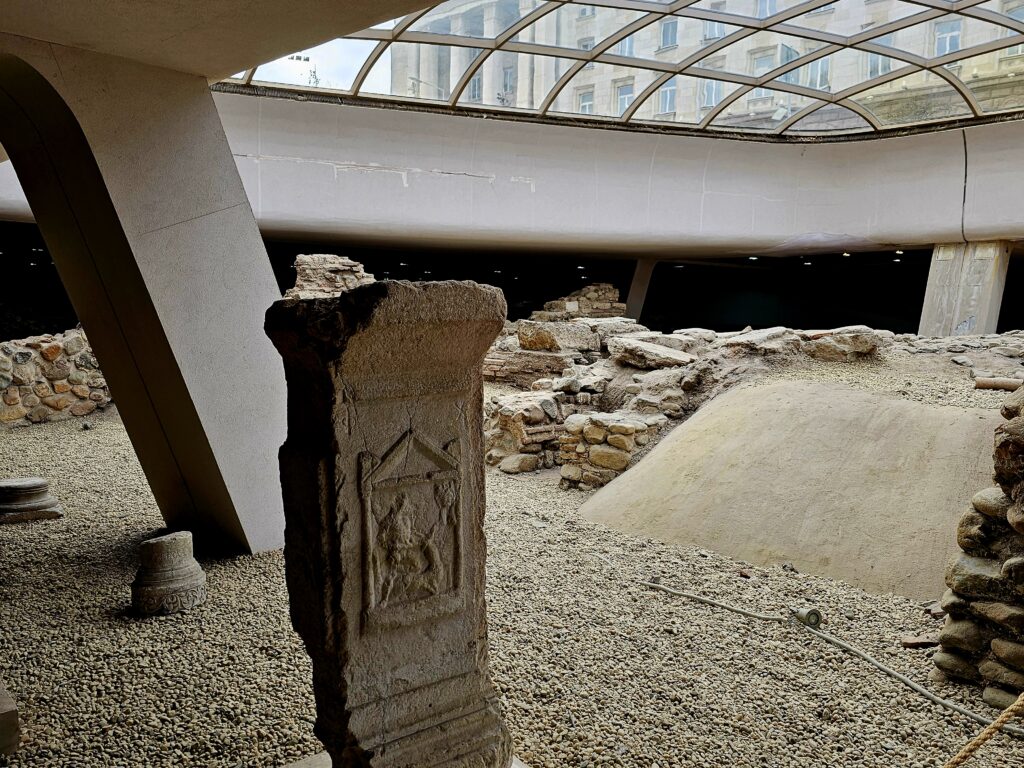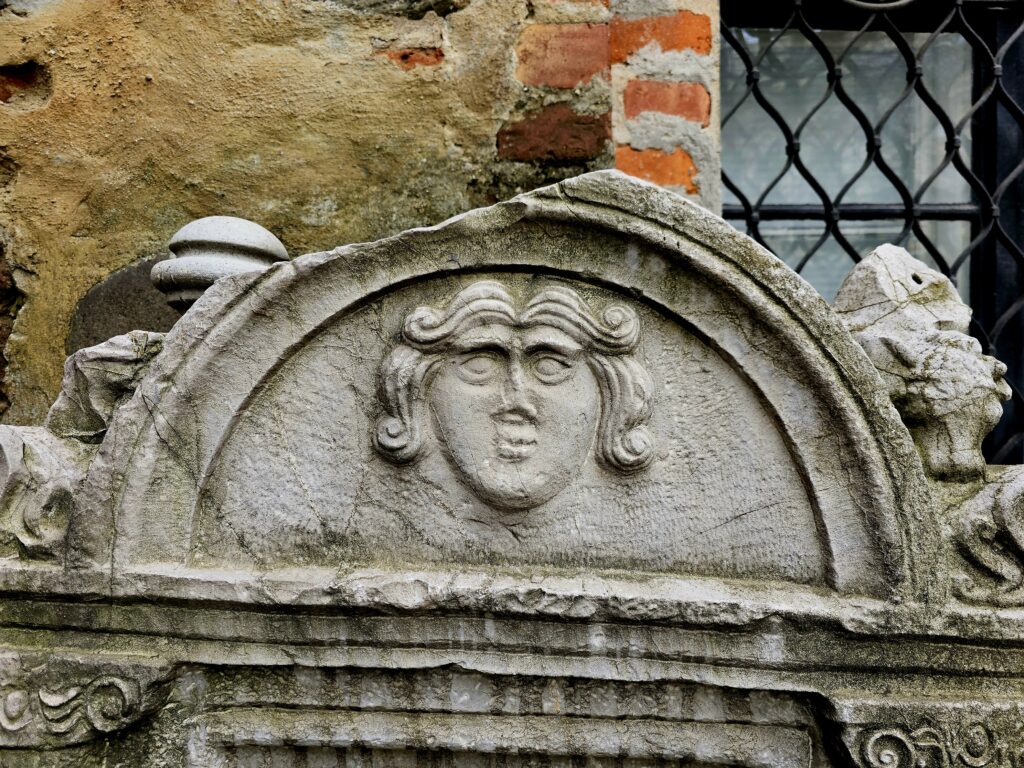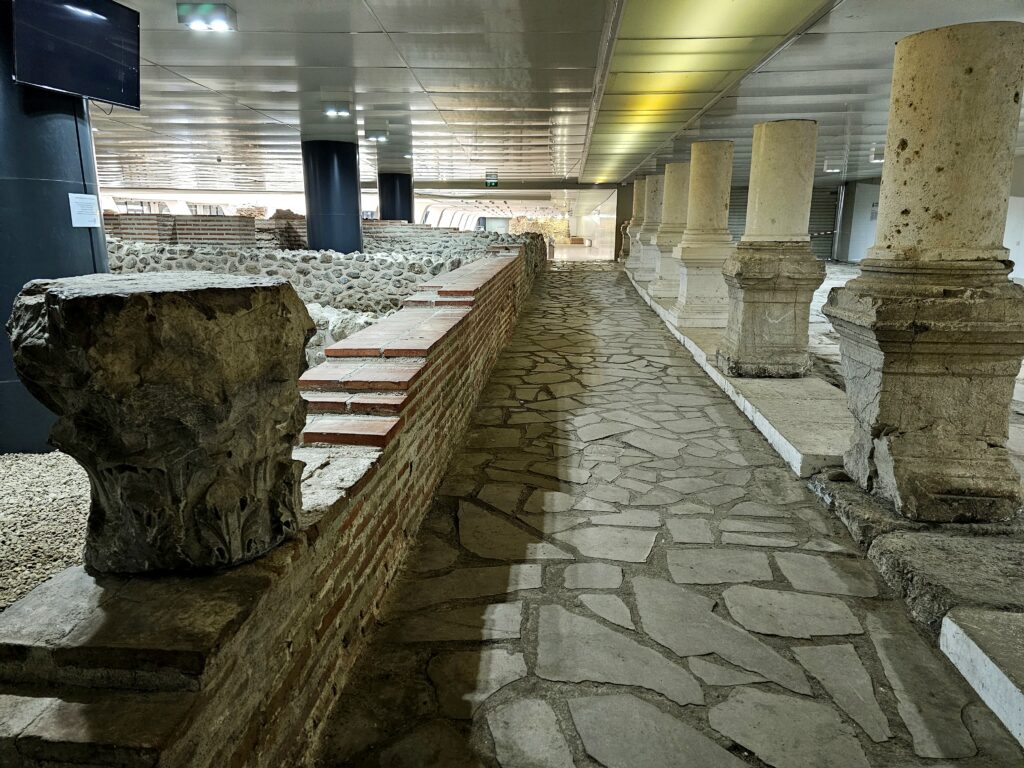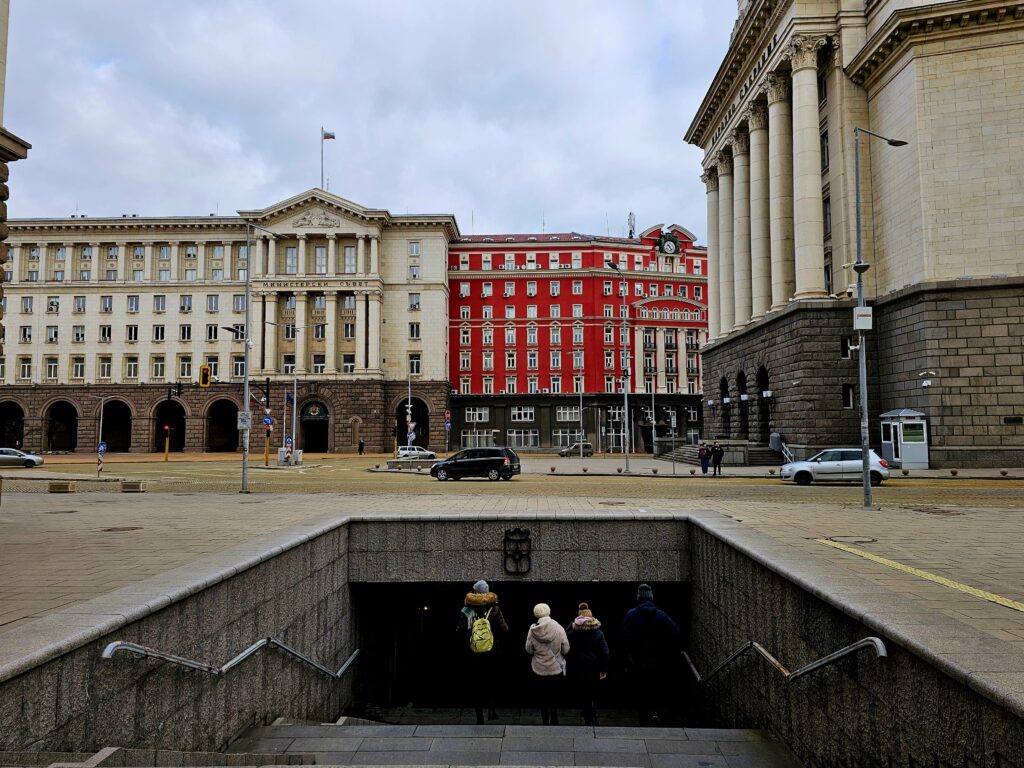Sofia, the capital of Bulgaria, is a city where history and modernity intertwine seamlessly. Among its many historical treasures, the ancient city of Serdica holds a special place. Today, the remnants of this ancient settlement are preserved and showcased in the heart of the city, notably within the Serdica Metro Station. This article delves into the rich history of ancient Serdica and explores how the Serdica Metro Station serves as a bridge between the past and the present.
Ancient Serdica
Serdica, the ancient name for Sofia, was established by the Thracian tribe known as the Serdi around the 5th century BCE. The city’s strategic location in the fertile Sofia Valley, surrounded by mountains, made it a significant settlement in the region. Over the centuries, Serdica became a crucial crossroads for trade and military routes, connecting the Adriatic and Aegean Seas with the Danube River.
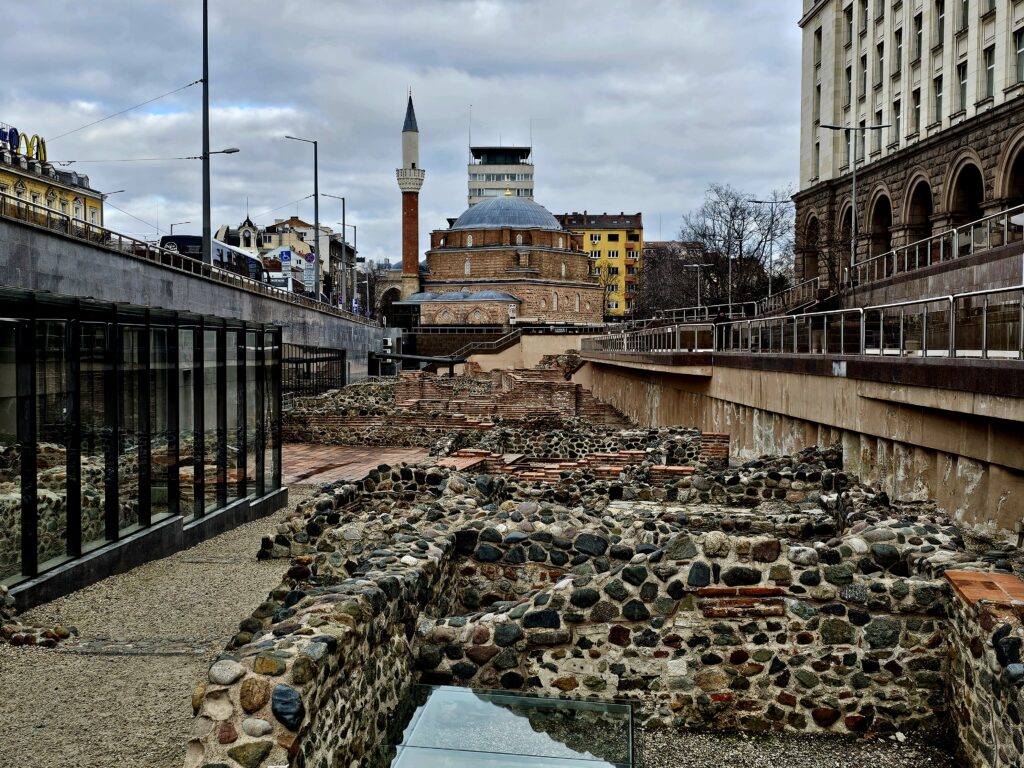
The Roman Empire recognized the importance of Serdica and incorporated it into their territory in 29 BCE. Under Roman rule, Serdica flourished. The city was fortified with robust walls, and its urban layout reflected the grandeur of Roman engineering. Wide streets, public baths, an amphitheater, and temples were constructed, transforming Serdica into a thriving urban hub.
The Edict of Serdica
Issued in 311 AD by the Roman Emperor Galerius, marked a significant moment in the history of religious tolerance within the Roman Empire. It was one of the first official decrees to end the persecution of Christians, granting them the right to practice their faith openly, though it did not fully legalize Christianity. The edict was promulgated in Serdica (modern-day Sofia, Bulgaria) and reflected a shift in imperial policy, acknowledging the growing influence of Christianity and the futility of suppressing it. While the Edict of Serdica was short-lived and superseded by the more comprehensive Edict of Milan in 313 AD, it remains an important step toward the eventual establishment of Christianity as a dominant religion in the Roman Empire. The city’s importance was further underscored during the reign of Emperor Constantine the Great (306–337 AD), who reportedly considered making Serdica the capital of the Roman Empire, calling it “my Rome.”
During the Byzantine period, Serdica continued to thrive despite the challenges posed by barbarian invasions. The city was an important religious center, and several early Christian churches were built. However, the arrival of the Slavs in the 6th century and later the Bulgars in the 9th century led to significant changes. The city was renamed Sredets and became part of the First Bulgarian Empire.
The Archaeological Treasures of Serdica
The modern city of Sofia is built atop the ancient ruins of Serdica, and archaeological excavations have revealed a wealth of artifacts and structures. Among the most significant discoveries are the remains of the ancient city walls, the amphitheater, Roman streets, and early Christian basilicas. These findings provide valuable insights into the urban planning, architecture, and daily life of Serdica’s inhabitants.
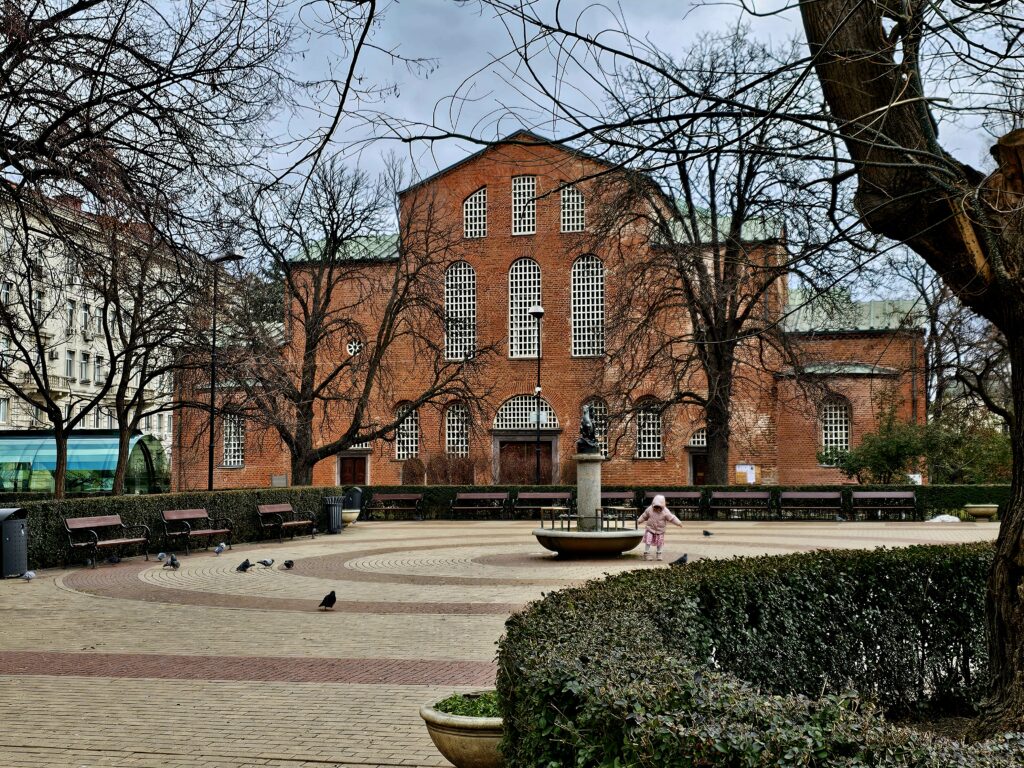
One of the most impressive archaeological sites is the complex of ancient ruins located in the city center, near the Presidency and the Council of Ministers. This area, known as the “Archaeological Complex Serdica,” includes well-preserved sections of Roman streets, public buildings, and early Christian churches. The site is open to the public and offers a glimpse into the city’s rich history.
Serdica Metro Station: A Modern Gateway to the Past
The Serdica Metro Station, part of Sofia’s metro system, is a unique example of how modern infrastructure can coexist with ancient heritage. Opened in 2012, the station is located in the heart of the city, near the Archaeological Complex Serdica. During its construction, extensive archaeological excavations were conducted, uncovering numerous artifacts and structures from the ancient city.
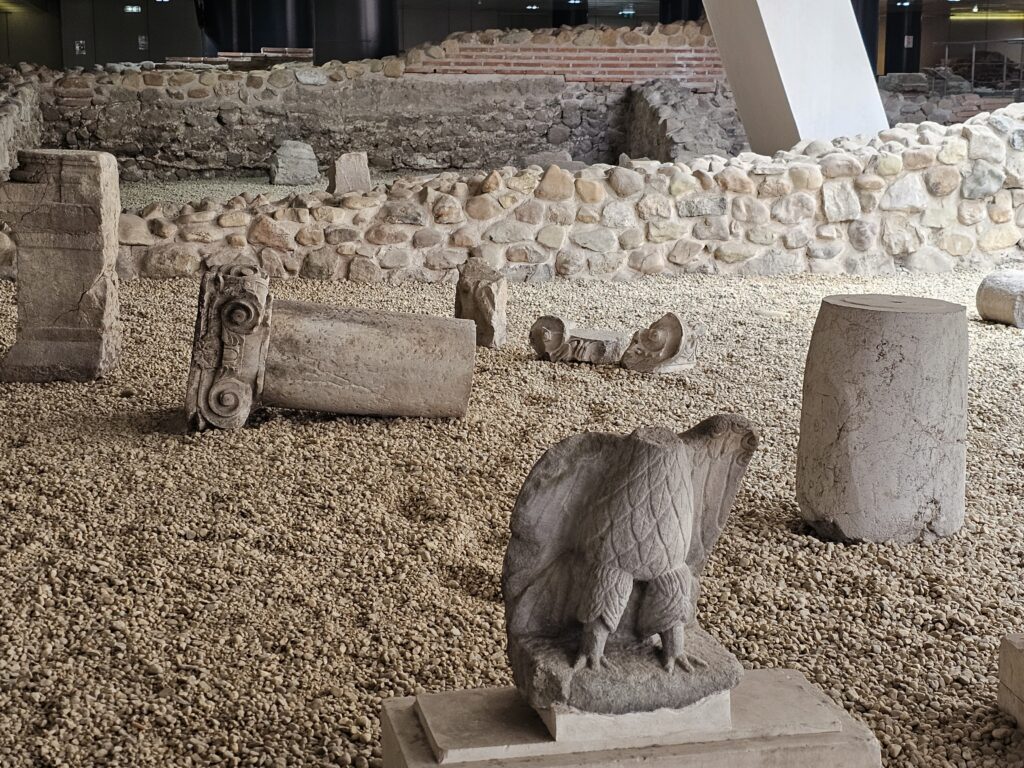
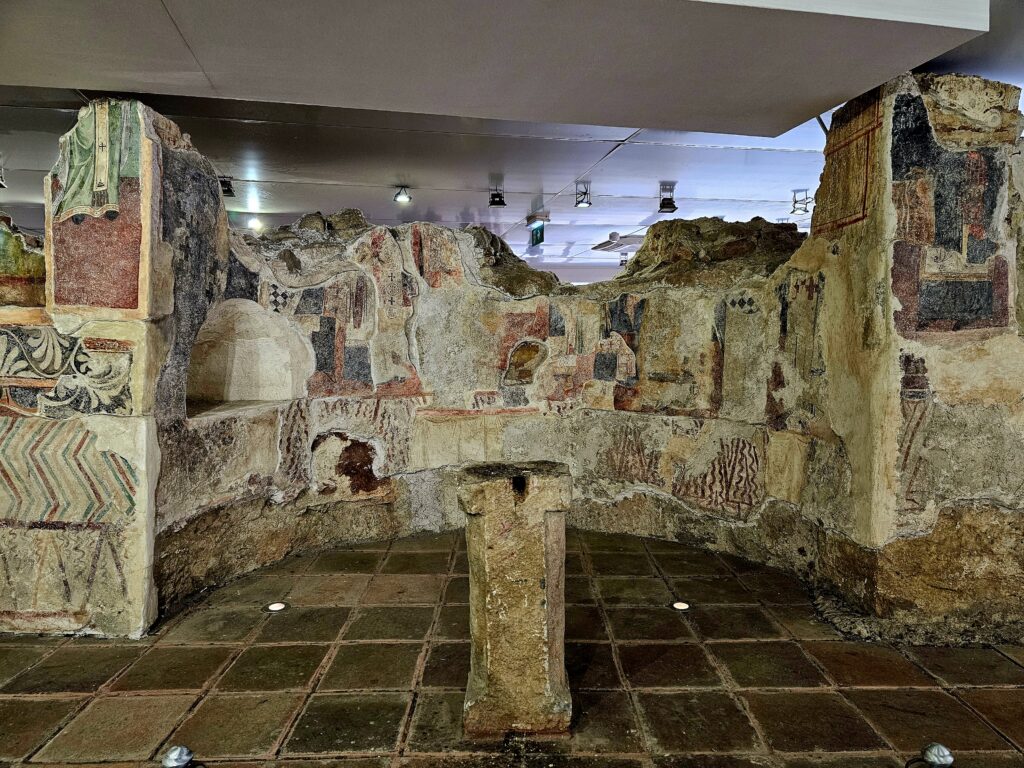
Ancient Serdica and the Serdica Metro Station in Sofia, Bulgaria, represent a fascinating convergence of history and modernity. The ancient city, with its rich Roman and Byzantine heritage, laid the foundation for the vibrant capital we see today. The Serdica Metro Station, with its innovative design and integration of archaeological treasures, stands as a testament to Sofia’s commitment to preserving and showcasing its past.
